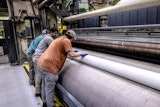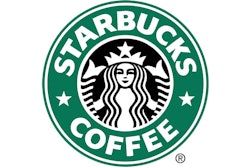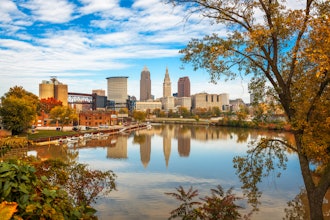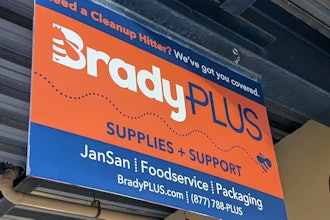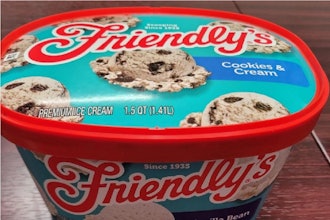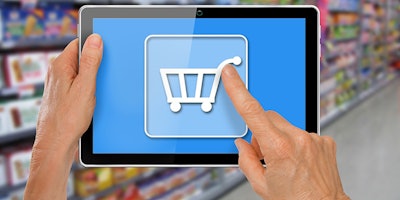
 Megan Ray Nichols
Megan Ray NicholsThere’s been a lot of talk lately about how modern technologies disrupt the food supply and distribution sectors, and for a good reason. Things like the blockchain, mobile apps and cloud computing have all made a considerable impact in the landscape — and continue to do so.
But there’s one aspect of the entire industry that’s often overlooked, and that relates to how food is packaged, stored and preserved. This is especially true in the face of online storefronts, such as Amazon and Whole Foods' latest venture. Their partnership is a true game-changer for the industry, and will open up many new doors and opportunities as to how food is sold, transported and handled, particularly online. There are many other companies too, including Growcer, Brandless, Wal-Mart and TaskRabbit
Online grocery shopping now accounts for over three percent of all total grocery shopping — at a total value of $23 billion in annual sales.
If these platforms are really going to go anywhere, though, then food packaging needs to adapt and evolve right along with everything else. You can plan to sell, ship and satisfy customers through online grocery shopping all you want, but if the food isn’t handled appropriately, you’re not only going to lose business, you’re going to get your company in a lot of trouble. Food contamination and the spread of foodborne illnesses, for instance, are a huge concern.
There’s a presentation facet, as well. About 20 percent of customers’ online reviews mention a product’s unique packaging, revealing how important presentation truly is. A further 20 percent purchase a product because online reviews mention unique packaging.
Also, a whopping 90 percent of customers that shop in-store decide whether to purchase a product based on packaging colors, size, appearance and eye-catchiness.
So, on top of preserving foods and items appropriately, distributors must also worry about the presentation of shipments and packaging, as well. Food that arrives on a customer’s doorstep in a brown, unoriginal box is going to be praised a lot less, which is an odd sentiment, true, yet still remarkably important. This is definitely something even Amazon and Whole Foods are going to need to consider for their future service.
How Package Manufacturers Deal With the Change
In the current landscape, product packaging needs to promote quality, sustainability and — for lack of a better phrase — curb appeal.
Tamper-evident packaging, for example, is increasingly important as foods and items will change hands many times along a production and supply process. When ordering groceries online it comes from a store or distribution center, is passed to the delivery driver, who then transports it to you. Before reaching the initial warehouses, it comes from a major source passing through even more suppliers and distributors. Case in point, you want to know if the food that arrives on your doorstep is both tamper-free and safe for consumption.
To combat many of these issues, package manufacturers are currently exploring the idea of sound, yet more sustainable and environmentally-friendly packaging opportunities. It’s not just the package manufacturers working toward this end, but everyone, including major organizations. Coca-Cola ships unique packaging within the state of Florida, as an update to their current e-commerce strategies.
Major cereal maker Kellogg’s announced a new plan to distribute their snacks directly to consumers, as opposed to sending them through traditional stores and marketplaces. Obviously, this will require new and innovative packaging for their products, designed to land right on consumers’ doorsteps, as opposed to being sent off to retail and store shelves first.
Green Chef announced they will reduce their usual meal kit packaging by as much as 20 percent, simply by cutting out the amount of ice they use during every delivery.
It’s this kind of sustainable and more efficient improvements that will drive the state of food packaging and distribution in today’s market.
